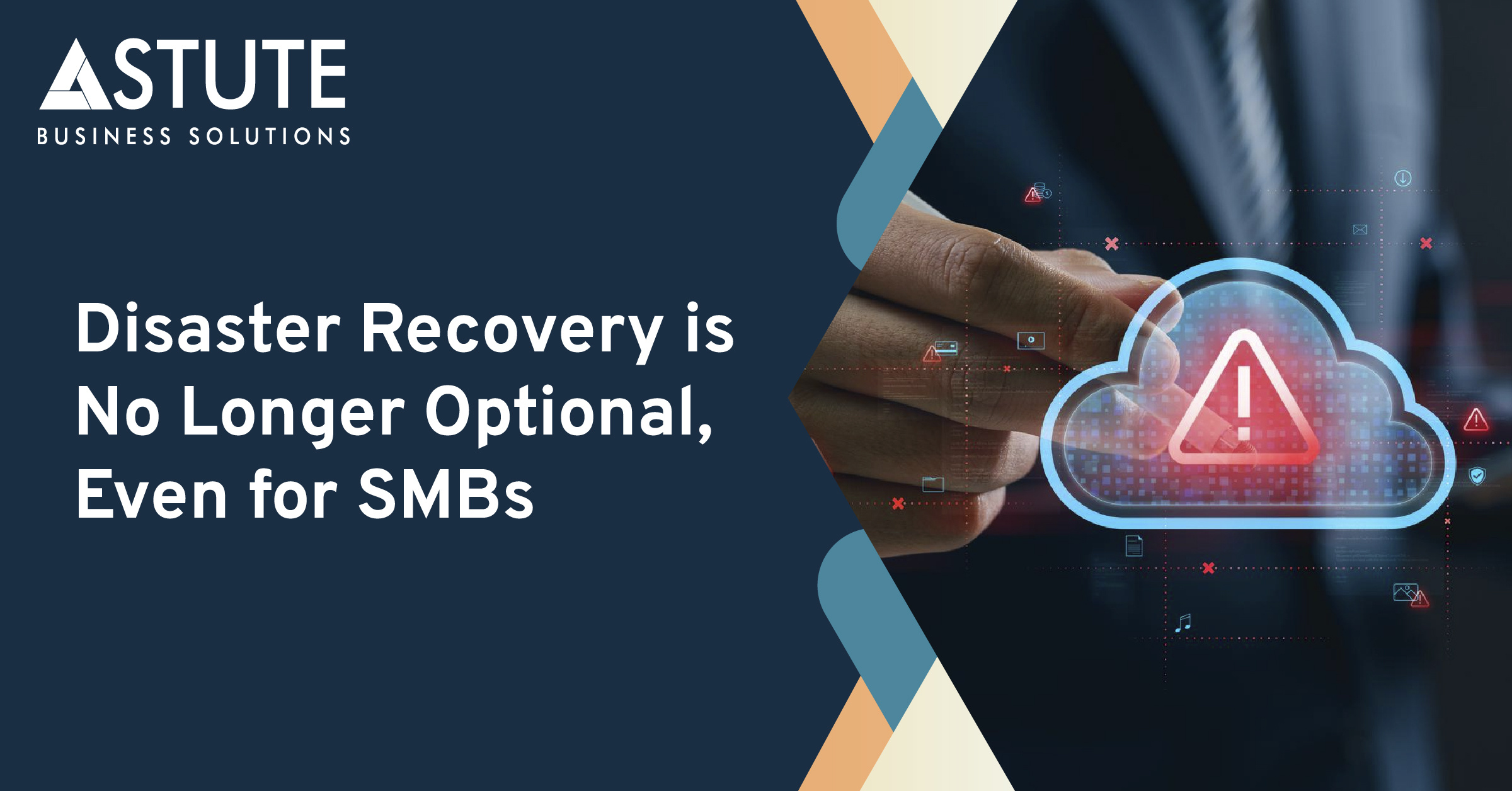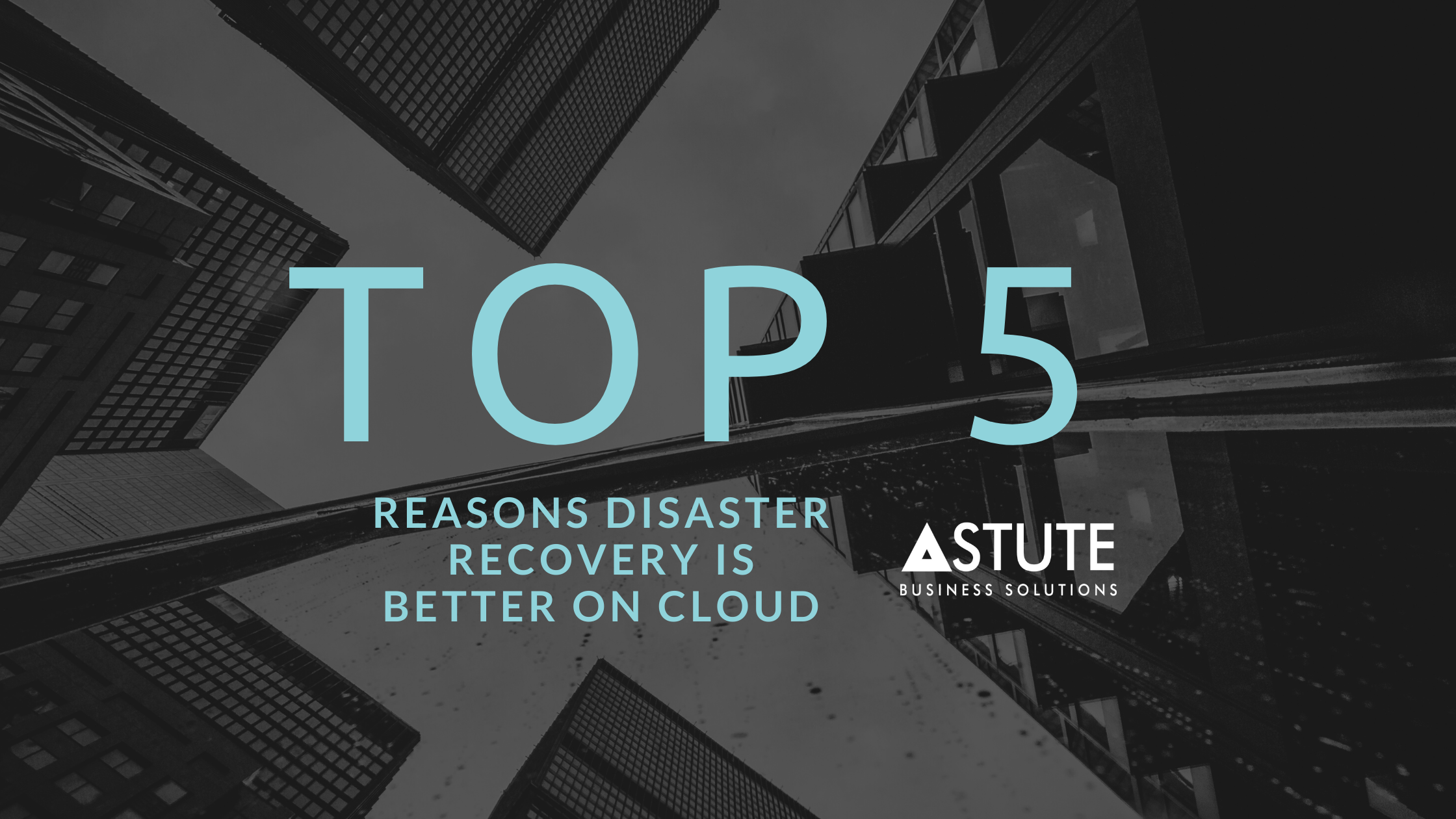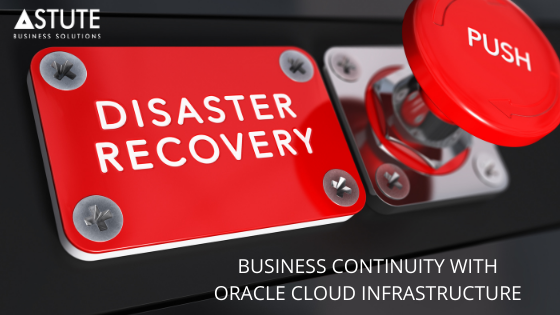
Disaster Recovery Solutions with OCI and best practices
Table of Contents
What are Disaster Recovery Solutions and Its Best Practices?
The most valuable asset for any business is data, such as intellectual property, financial transactions, Personally Identifiable Information (PII), Customer Relationship Management (CRM), and many others. Data is one of the most critical assets on which businesses rely to gain a competitive edge, create business insights, and enhance their business operations.
But what if any disaster happens? It will affect your business in many different ways, such as a single mistake or an incomplete backup, which will lead you to costly business disasters and make your business struggle to recover the data. Let’s discover more about disaster recovery solutions and best practices in this blog.
Benefits of Disaster Recovery Solutions
Disaster Recovery Solutions helps businesses protect their data and applications, whether on-premises or in the cloud. A well-designed disaster recovery plan includes a high level of disaster protection, strategies to save the business from the cost of downtime, and accessible and secure data at the time of unexpected events.
Oracle Cloud Infrastructure (OCI) is one of the best solutions for Disaster Recovery. Here are the benefits of implementing Oracle Disaster Recovery Solutions.
1. Resilience and Reliability
Disaster Recovery on Oracle Cloud will help businesses lower the restore time of business information systems on a large scale. As a result, it will prevent losses, not only in terms of revenue but also the unexpected damage from downtime, management, and IT capital.
Oracle Disaster Recovery works with advanced hardware technologies, hyper-scale, and solutions that can benefit thousands of customers at once. Plus, it is available at a very low cost for organizations. Oracle is one of the best Public Cloud Infrastructure providers that invests on a large scale in building and increasing the global network of regions and domain availability. As a result, it helps customers with scale, reliance, and fault tolerance.
In Cloud Disaster Recovery, the overhead of deploying, maintaining, upgrading, or refreshing hardware is completely done by the cloud provider. Therefore, customers can focus only on using the as-a-service model to implement their business continuity plans.
2. High Security
Oracle Cloud Disaster Recovery solution offers robust security compared to on-premise solutions. The cloud tenants are isolated from one another, and workloads within the tenants can also be isolated as required. It offers native solutions for data encryption, cryptographic algorithms, and key management.
Cloud brings clarity to log data and security analytics for auditing. Customers can use cloud-native security solutions, or they can bring their security assets to the cloud. It offers pen testing, vulnerability scanning, third-party audits, and certifications. Plus, it can protect the key business operations and mission-critical applications. It also reduces the possible interruption time through controlled resume time for operations.
Leverage The Benefits Of Disaster Recovery Solutions With Oracle.
Oracle Cloud Disaster Recovery Solutions protects businesses' workloads with powerful security tools and techniques.
3. Better Management of Replications
Replications on a very granular level are a crucial part of a better database management system. Oracle Disaster Recovery helps restore data in smaller units for the proper recovery of data and services.
4. Customized Solutions
Oracle Database Disaster Recovery Solutions enables customers to customize, control, and regularly monitor. It makes businesses choose the replication frequency for implementing the best recovery times. It also offers server and network restoration, backup systems provisioning, and backup data copy.
Customers get the flexibility to start with fractional copies of their on-premise workloads and only pay for that fractional use mostly. Disaster Recovery Solutions offered by Oracle Cloud Infrastructure empowers customers by giving control over the cost of fractional footprints through maintaining images of servers on Cloud storage (that are refreshed with automated tools at a set frequency).
5. Cost-Saving
Traditional disaster recovery is costly, as it includes the costs to procure and set up physical servers at a secondary data center location and the overhead cost of supporting, maintaining, and testing those systems. Meanwhile, Oracle Disaster Recovery Solution is less expensive than a traditional disaster recovery center.
The cloud offers a variety of options that are not available in on-premise data centers, such as low storage costs, free network connectivity (VPN connections), and fractional footprints of on-premise workloads in the cloud. It allows it to scale up to full capacity at the time of disaster.
6. Increased Speed
With Oracle Cloud Disaster Recovery Solutions, customers can quickly deploy, maintain, failover, failback, and test through its automated functionality. The RPO/RTO ratio is an essential factor that influences its speed.
Cloud also offers secondary recovery for businesses that require zero data loss. Meanwhile, it provides a Recovery Time Objective (RTO) of four hours and a Recovery Process Objective of fifteen minutes quickly as compared to on-premise solutions.
7. Compatible
Customers can simplify their business process with Oracle Cloud Infrastructure, as it allows the designing and deployment of advanced backup and recovery plans, including high-security data storage. Oracle Disaster Recovery Solutions helps with recovery services for Oracle application environments, on-premises to cloud (Hybrid), and other cloud disaster recovery problems.
Oracle Cloud Infrastructure has different solutions for Disaster Recovery (DR), such as PeopleSoft DR, Ellucian Banner DR, Oracle Database DR, and Non-Oracle apps DR.
Save Your Business With OCI Disaster Recovery Solutions.
Oracle-certified partners like Astute will assist you with different Oracle Cloud Disaster Recovery Solutions, and it will protect your business from unexpected disasters.
Best Practices For Disaster Recovery
Here are a few best practices for implementing disaster recovery solutions with OCI.
Design Pilot-Light Disaster Recovery Structure
Customers need to restore their workloads quickly if large-scale disruption affects their production applications. In a business continuity plan, there should be a DR strategy that can fulfill recovery points, recovery time, and business objectives. With the Pilot-Light structure, customers will have a balance between cost and recovery requirements.
The term “Pilot-Light” represents a small flame that is always lit in devices like gas-powered heaters, and it is used to start the devices quickly when needed. Regarding Disaster Recovery, the Pilot-Light environment includes essential components of the workload with advanced configuration and important data at a lower scale from the remote location of the primary site.
Pilot-light components can be used at remote locations to restore a production-scale environment faster. OCI offers highly available and scalable infrastructure and services to help its valuable customers in designing a pilot-light topology.
Deploy Cross-Region Disaster Recovery Solution With RackWare
Customers can use an automated disaster recovery tool like RackWare Management Module (RMM). It manages the process of migrating existing workloads over different data centers and clouds and creates a copy of a running image without any rebuilding or recreating template images and applications.
While maintaining a business community and IT resilience is a primary focus, companies will need to have the cloud to eliminate up-front infrastructure costs and scale according to the business requirements.
RMM includes a comprehensive set of automated services that offers IT resilience and smooth migration to the cloud while minimizing capital and operating expenses. It decouples the application stack from the underlying platform, which allows it to shift to Oracle Cloud Infrastructure. Additionally, it helps with discovery, analysis, and automation features that result in fast, easy, and error-free processes.
Data Center Exit is an approach used for large-scale migration to OCI that helps businesses save money and increase return on investment. It offers tailored migration strategies and success metrics for an effective transition.
Want to learn more about Disaster Recovery Solutions? Get in touch with Astute Business Solutions.
Search
Related Posts
Subscribe Our Newsletter
Gain access to exclusive insights, technical know-how and crucial knowledge from Astute experts.
Share Article
See The Team In Action
Upcoming Events
-1.png)
Reach Out
Ready to Connect?
Please fill the following form, we will get back to you within a business day.
Contact Form
Contact Us



